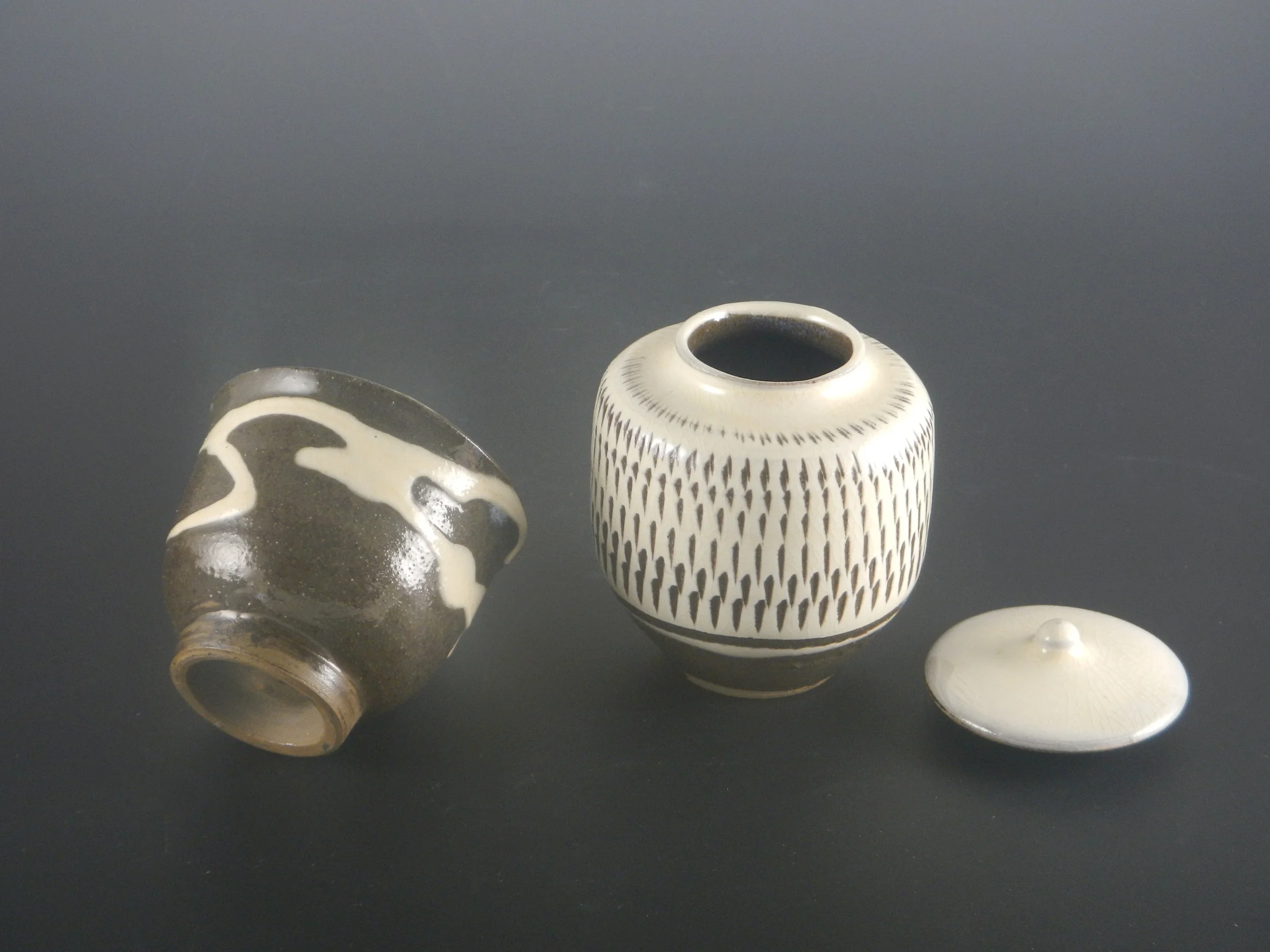She cleaned houses. Mine was the first after she came to this country. For me her work was a luxury; for her, necessity. We never had a bad moment. We trusted one another implicitly. We knew each other for 12 years, and I never regretted having her in my home. She surely cleaned much better than I do, and I was always grateful to have the privilege of employing her.
She knew about plants, she loved physics and natural sciences, and she studied the stock market. She had practiced reflexology in her country, but cleaning requires no certification, and cleaning jobs were available to the single mother of a young child. She spoke Spanish and I speak English, and though we both spoke a smattering of the other's language with one another, somehow we had in-depth discussions about life. We never gossiped about people we knew in common. We often spoke philosophically. She came every Friday morning, riding her bike to and from the job, and while I cooked and ran errands as I always do on Fridays, she made order out of our disorder.
This lovely, intelligent and kind person died of a very aggressive cancer last week, after only five months of apparent illness and barely a month after diagnosis. Without medical insurance, she did not receive proper testing or proper care at the hands of an indifferent hospital. Legal permanent residency came just ahead of illness, and Obamacare came too late.
There was no ceremony because there was no money for one, but some of those she worked for had given her and her son a collection of funds towards the end of her life, and they were able to afford cremation. Her son, a grown young man, the age of my youngest child, came around to thank each of us who contributed.
He said I was her closest friend.
I had no idea. Sometimes you do not know how you might affect the people you care about in your life. No idea at all. I hope she had great friends who knew they were close to her. I always knew I was blessed to know her.
This is what I have been thinking about for several days. It is a jar with a cover, an urn for her ashes. On one side will be a drawing of a black-capped chickadee that is sitting on a branch of flowering quince. She loved the little birds and she loved the great and beautiful outdoors, riding her bike in all weathers. On the other side of the jar is a bicycle, and her name.
Life is so very strange and sometimes so very sad.
Flowering quince, April, 2014

















































